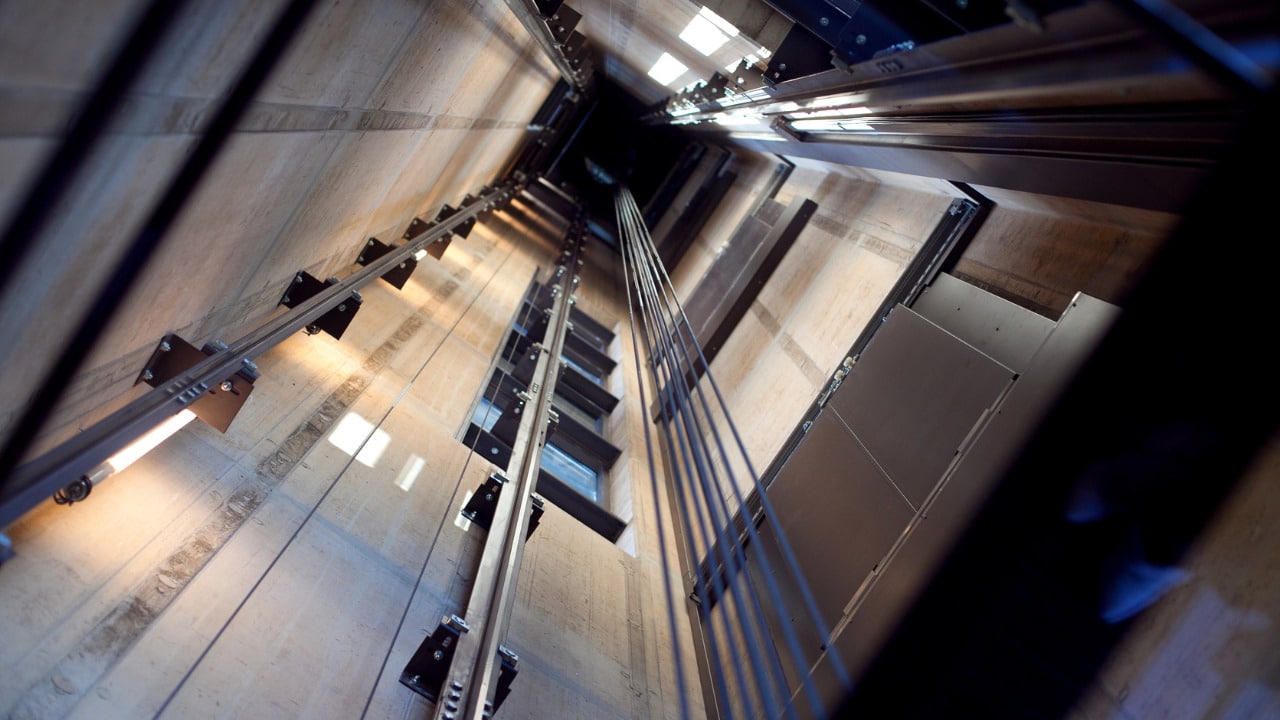The elevator industry is transforming significantly, driven by technological innovation and evolving market demands. Amidst this change, a reputable elevator company integrates new technologies seamlessly into its products to enhance efficiency, safety, and user experience. This comprehensive look at the current trends in elevator manufacturing will reveal how companies are staying ahead in this dynamic industry.
Table of Contents
Smart Elevator Systems
The advent of smart technology in elevators has been a game-changer. These systems use sensors, data analytics, and connectivity to optimize operations. For example, destination dispatch technology groups passengers for the same destinations into the same elevators, reducing travel time and energy consumption.
Smart elevators can also communicate with maintenance personnel in real time, alerting them to potential issues before they become significant problems. This predictive maintenance approach not only enhances safety but also improves the longevity of the elevators.
Eco-friendly Innovations
The shift towards sustainability has led to the development of eco-friendly elevators. Companies are now focusing on reducing the environmental impact of their products. This includes using energy-efficient motors and LED lighting and implementing systems that can generate power.
Some elevators can feed energy back into the building’s grid, a process known as energy regeneration. Moreover, the use of materials like recycled steel and low-emission glass in elevator construction also contributes to the green credentials of these modern transportation systems.
Enhanced Safety Features
Safety in elevator design has always been paramount, but recent technological advancements have taken it to a new level. Modern elevators have sophisticated sensors and emergency backup systems to ensure passenger safety.
This includes anti-collision systems, emergency stop mechanisms, and improved fire resistance. Additionally, elevators are now fitted with advanced communication systems that allow passengers to connect with emergency services instantly in case of a malfunction or other incidents.
Integration with Building Management Systems
Elevators are increasingly becoming an integrated part of the building management system (BMS). This integration allows for the centralized management of building services, including HVAC, lighting, and security, alongside elevators.
Such a system enables efficient building operation, where elevators can be controlled and monitored for optimal performance. For instance, in case of a fire, the BMS can direct the elevators to descend to the ground floor and remain out of service, ensuring the safety of the building’s occupants.
Customization and User Experience
Today, the focus is not just on transporting passengers from point A to point B but on enhancing the overall user experience. Elevator interiors are now customizable with various lighting options, screens displaying news or weather, and even scent dispensers for a pleasant olfactory experience.
The exteriors are no longer just stainless steel but can feature artistic designs or digital screens. This level of customization allows building owners to align the elevator experience with the building’s branding or aesthetic theme.
Advanced Materials and Design
The utilization of advanced materials is revolutionizing elevator design and functionality. Using lightweight materials like carbon fiber has led to the development of stronger and more efficient elevator systems.
This has made it feasible to design elevators that can travel at higher speeds and cover longer distances, thereby enabling the construction of taller buildings. Incorporating such materials also means a reduction in the overall weight of the elevator system, leading to energy savings and reduced wear and tear.
Predictive Maintenance
Predictive maintenance technology is transforming the way elevator maintenance is conducted. By continuously monitoring various parameters like speed, vibration, and temperature, it’s possible to predict potential failures before they occur.
This proactive approach to maintenance not only reduces downtime but also extends the lifespan of the elevator. Data collected from these systems can be analyzed to gain insights into usage patterns and maintenance needs, further optimizing the performance and reliability of the elevator systems.
Adoption of Digital Twins in Elevator Design and Maintenance
Digital twins represent a cutting-edge trend in the elevator industry, revolutionizing both design and maintenance. A digital twin is a virtual model of a physical elevator system, allowing engineers and technicians to simulate and analyze its performance under various conditions without physical trials.
This technology enables designers to experiment with different materials, components, and configurations to optimize the design for performance, safety, and efficiency.
Digital twins offer a significant advantage in maintenance by allowing predictive maintenance to be more accurate and efficient. Through these virtual models, maintenance teams can monitor the real-time status of elevators, predict potential issues, and conduct maintenance activities before problems arise.
This not only enhances the reliability of the elevators but also significantly reduces downtime and maintenance costs.
Moreover, training for technicians can be greatly improved with the help of digital twins, as they provide a safe and detailed environment for learning and troubleshooting without the need to access the physical elevator system. The adoption of digital twins is a testament to how digitalization shapes the future of elevator manufacturing and maintenance, pushing the boundaries of what’s possible in this dynamic field.
Conclusion
In conclusion, the elevator manufacturing industry is at the forefront of embracing and implementing new technologies. From enhancing safety and efficiency to prioritizing eco-friendliness and user experience, companies are continuously innovating to stay competitive. A reputable elevator company understands the importance of these trends and integrates them to offer advanced, reliable, and sustainable solutions. As technology continues to evolve, so too will the capabilities and functionalities of elevators, playing a crucial role in shaping the future of urban infrastructure and architecture.





